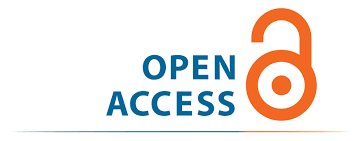Criminal Behavior of Young People: Preliminary Results of the Fourth International Self-Reported Delinquency Study (ISRD4) in Bosnia and Herzegovina
DOI:
https://doi.org/10.51235/kt.2024.24.1-2.21Keywords:
Criminal behavior of young people, self-report of delinquency, risks and trends of delinquencyAbstract
The International Self-Reported Delinquency Study – ISRD is comparative research conducted internationally on delinquency and victimization of children and youth. The study was launched in 1992, and repeated in three more sweeps, including the most recent one done in more than 50 participating countries between 2020 and 2022. The study is conducted through surveying children ages 13 to 17 (sample from schools).
In Bosnia and Herzegovina, the study was conducted in the second (ISRD2: 2006) and the third sweep (ISRD3: 2016) where the national representative sample was used. In the final, fourth cycle (ISRD4), the research was done in two cities in Bosnia and Herzegovina, Sarajevo and Bihać, in which the data was gathered between April and December of 2022 in selected schools. Both selected cities were included in earlier research, through representative national sample only. The data was mostly gathered via an online questionnaire, however due to tech- nical constraints in a small number of schools a pencil-and-paper method was used instead.
This reference study on delinquency and victimization of children and youth has two main objectives. The first objective is focusing on comparing differences, similarities, and trends in delinquencies and victimization between participating countries. The second objective is to explore and test theoretical queries linked with juvenile delinquency and victimization, while keeping the focus on the possibilities of using the study results for creation and realization of policies in this field.
Downloads
Downloads
Published
Issue
Section
Categories
License
Copyright (c) 2024 Muhamed Budimlić, Sandra Kobajica Mišanović

This work is licensed under a Creative Commons Attribution-NonCommercial 4.0 International License.









